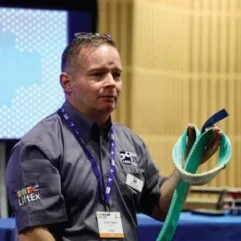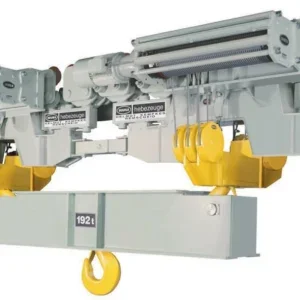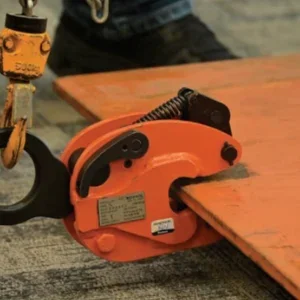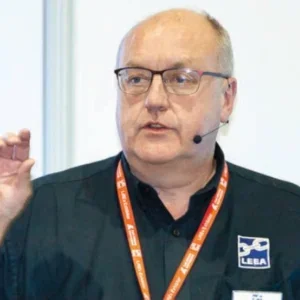
The EU’s Machinery Directive will be replaced by a new Machinery Regulation on 20 January 2027. This change carries several implications, affecting manufacturers and users of textile lifting accessories, as well as chains, ropes and webbing used within lifting machinery or as lifting accessories. Eurocord, the association representing rope, twine and netting manufacturers, has taken this opportunity to address gaps and inconsistencies identified in the existing directive and their consequences.
The new regulation will simplify matters in one important respect. Whereas directives must be transposed into national legislation by each member state, allowing for different interpretations, a regulation automatically applies across the EU as written.
The role of harmonised standards
For many products, harmonised standards written by the European standards body, the European Committee for Standardization (CEN), are already in place. When products comply with a harmonised standard, they are presumed to conform to the Machinery Directive (known as “presumption of conformity”). EN 1492-1, EN 1492-2 and EN 1492-4 are harmonised standards covering web slings, round slings and rope slings respectively, made with PP, PA and PET fibres for general-purpose lifting.
However, textile lifting accessories made from fibres such as High Modulus Polyethylene (HMPE) or Aromatic Polyamide (aramid) are not covered by these standards, and there are currently no harmonised standards for textile hoisting ropes. Furthermore, the existing standards focus on ‘general-purpose’ lifting, not engineered solutions. Regardless of the intended use, textile lifting accessories and hoisting lines must be fit for purpose and designed using a system approach. ‘Fit for purpose’ means considering more than just breaking strength, diameter or the correct effective working length.
Without appropriate harmonised standards providing a presumption of conformity, other standards can serve as a reference, but they do not automatically confer this status. Creating revised or new harmonised standards will ease compliance with both the current directive and the incoming regulation.
Last year, Eurocord submitted a position paper to the European Commission. This paper described technical measures reflecting the state of the art in the (textile) lifting industry, drawing on extensive knowledge and experience gained with textile lifting accessories. These include accessories with working coefficients as low as 3.38 used in non-routine or engineered lifting operations, such as in the offshore sector.
This reasoning, and the resulting proposed measures, aims to reduce the uncertainties that previously dictated higher working coefficients for slings ‘as a general rule’, even in routine, general-purpose lifting operations.
Updating standards: The path forward
The European Commission has taken Eurocord’s views on board and requested that CEN/TC168 WG3, the relevant CEN working group, reflect this position in its revision of the EN 1492 series.
This revision is already under way. Besides adding high-performance fibres like HMPE and aramids to the standards, the revision will cover textile lifting accessories for both general-purpose and engineered lifting operations. Preliminary revisions of EN 1492-2 and EN 1492-4 are expected during the first half of 2025, but much work remains. Standards under the old regime must be revised or amended by January 2034 at the latest. While this may seem distant, the number of standards and the required revision effort present a significant challenge for the standardisation working groups.
A further ad hoc group within CEN/TC168 WG3 will soon begin work on a new (harmonised) standard for textile hoisting ropes. Additionally, the European Commission’s Editorial Committee will write the new Guide to the Application of the Machinery Regulation, and Eurocord has been invited to contribute actively to the relevant Editorial Group.
During Global Lifting Awareness Day, which is due to fall on 12 June 2025, a more comprehensive update on this complex topic will be provided.






